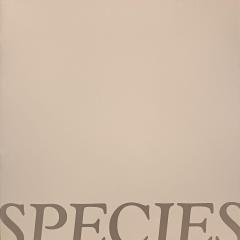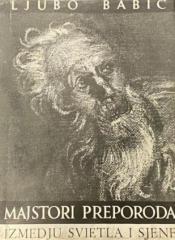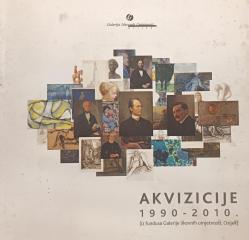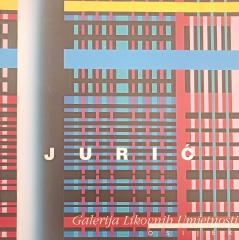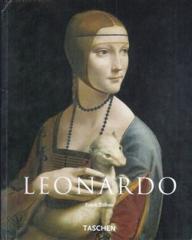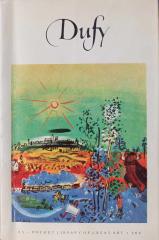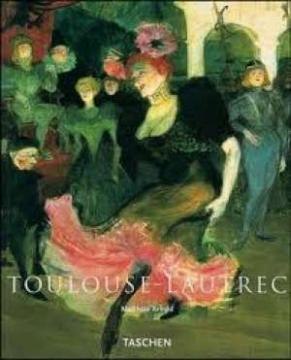
Velikani likovne umjetnosti #27: Henri de Toulouse-Lautrec - Kazalište života
Svaka knjiga iz Taschenove serije Basic Art sadrži detaljan hronološki sažetak umetnikovog života i rada, koji pokriva kulturni i istorijski značaj umetnika, približno 100 ilustracija u boji sa objašnjenjima, sažetu biografiju.
Poreklom iz plemićke porodice, osakaćen od detinjstva, zakržljalih nogu usled pada sa konja, osuđen je na počinak. Prve lekcije slikanja dobio je od umetnika konja Renea Princeteaua, zatim je studirao u Parizu kod Leona Bona (1882) i Fernanda Kormona (1883–84). Otvorio je sopstveni studio na Monmartru, gde je u ulju, pastelu i gvašu snimao scene iz života pariskog polusveta, kabarea i kafića, često lascivnog i erotskog sadržaja, razvijajući stil nezavisan od tokova vremena.
Pod uticajem impresionista, posebno pastela E. Dega i raznobojnih japanskih duboreza, osvetlio je paletu, a prostor oblikovao čistim ravnim bojama i izražajnim linijama. Od 1892. godine bavi se litografijom u boji; doveo je ovu tehniku do vrhunca, što je uticalo i na njegova kasnija ulja. Stvarao je karikature i psihološki pronicljive portrete. Bavio se ilustracijom knjiga.
Njegov opus, pored značajne umetničke vrednosti, ima i istorijsku vrednost jer je otvoreno i bez licemerja beležio život i moral određene sredine i perioda. Svojim stvaralaštvom snažno je uticao na G. Serata, V. van Goga i mladog Pikasa, i kao začetnik modernog ilustrovanog plakata o slikarstvu Jugendstil.
One copy is available
